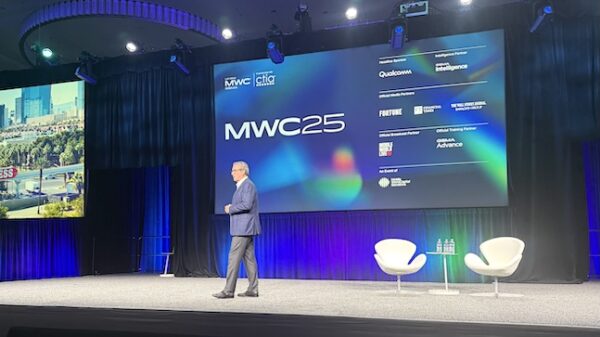Research teams from around the world are making significant strides in lunar construction technology, with a recent development by scientists at China’s Deep Space Exploration Laboratory (DSEL) potentially revolutionizing the way we build on the Moon. In a study published in the journal Acta Astronautica, researchers unveiled a prototype device capable of converting lunar regolith—commonly known as moon dust—into durable construction bricks using solar power.
As both the United States and China race to establish permanent bases on the Moon within the next decade, the ability to manufacture building materials on-site could change the dynamics of lunar exploration. Currently, transporting materials from Earth poses a substantial logistical challenge. This innovative approach not only aims to address that hurdle but also demonstrates the feasibility of utilizing local resources for construction purposes.
Yang Hoglun, a senior engineer at DSEL, emphasized the importance of this breakthrough. Speaking to the Chinese state media agency Xinhua, he stated, “This printing breakthrough has validated the feasibility of using lunar soil as the sole raw building material, enabling true in-situ resource utilization and eliminating the need to transport any additional materials from Earth.”
Innovative Technology Harnesses Solar Power
The DSEL device operates similarly to a 3D printer, employing a parabolic mirror to concentrate solar radiation. This focused light reaches temperatures exceeding 2,300 degrees Fahrenheit (1,300 degrees Celsius), which is sufficient to melt lunar regolith. In laboratory tests, the prototype successfully transformed artificial lunar regolith into solid shapes, demonstrating its capability to produce materials for roads, equipment platforms, and even buildings on the Moon.
This advancement in lunar manufacturing could significantly enhance the sustainability of lunar exploration. While the initial tests indicate promising results, there are challenges to address. Yang noted that lunar soil bricks may struggle to withstand the Moon’s vacuum and low-gravity environment. Nevertheless, they could serve as protective layers over more robust structures designed to retain pressure.
China’s Ambitious Lunar Goals
China has been actively pursuing lunar exploration and construction technologies. In November 2024, the nation plans to send a cargo rocket to its Tiangong space station, carrying brick prototypes made from lunar regolith simulant. These bricks will be subjected to rigorous testing in space conditions for three years, according to Space.com.
While other countries, including the United States, are also exploring similar technologies, China’s recent progress has drawn attention. The Chinese Lunar Exploration Program has made notable advancements, sometimes outpacing aspects of NASA’s Artemis program.
The competition in lunar exploration is intensifying, and the ability to utilize lunar resources effectively could provide a strategic advantage. As nations prepare for a new era of space exploration, innovations like the DSEL’s solar-powered brick-making device represent significant steps toward sustainable human presence beyond Earth.


































































